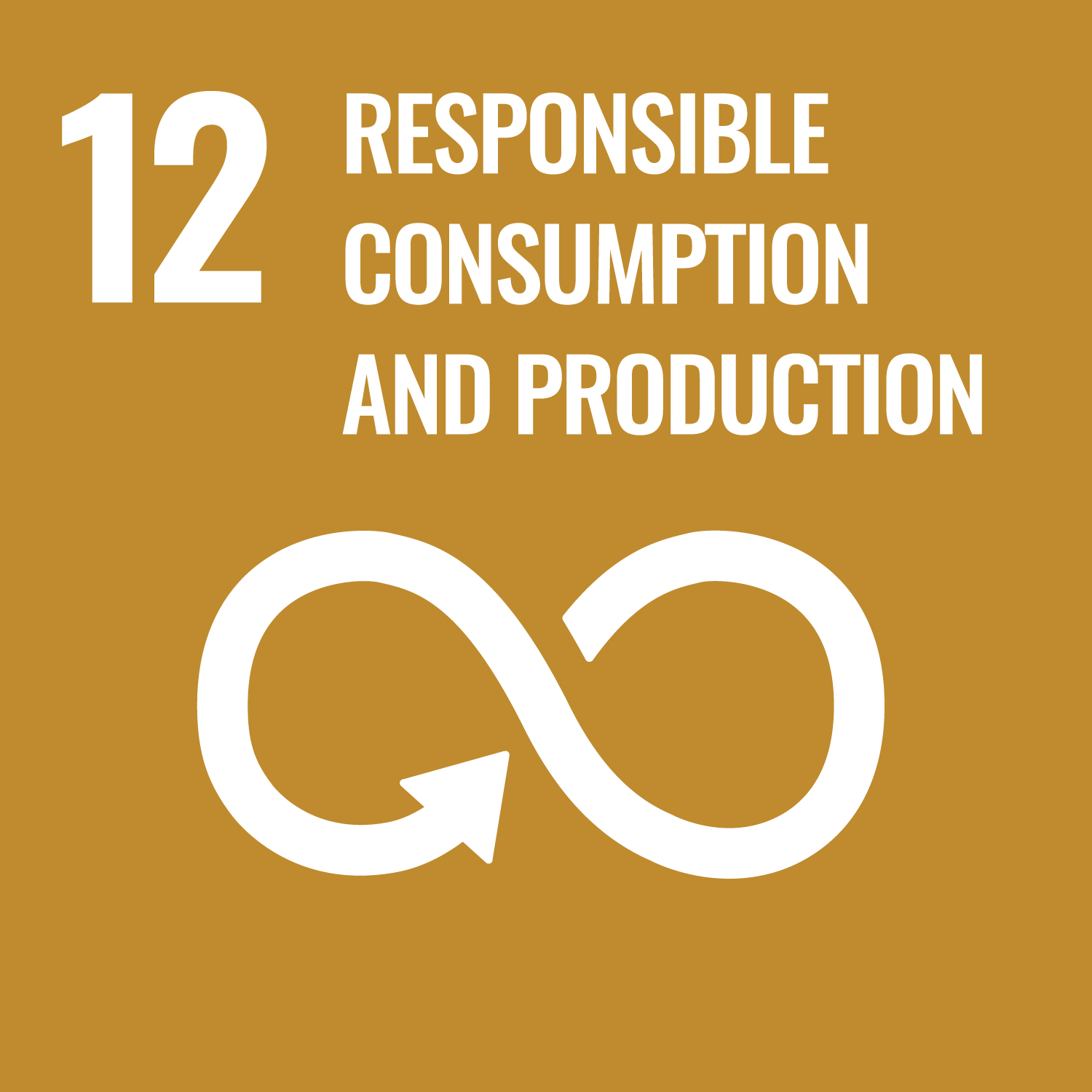Energia su Misura aimed to support vulnerable families living in social housing owned by the local governments, improve energy consumption and reduce energy costs through the reading of energy bills and the installation of smart devices connected to electrical appliances and the central electricity meter. The project was based on the following pillars:
- Consumption awareness
- Behaviour change
- Low-cost energy efficiency measures at household level
- Efficiency refurbishment at building level
- Available financial support
- Policymaker awareness
The project activities were developed as follows:
- Identifying energy poor and vulnerable families.
- Engaging the identified families in the initiative by agreeing to install an energy consumption monitoring kit and participate in the research process.
- Installing the kit and providing the first round of energy advice.
- Monitoring energy consumption and providing personalised advice according to consumption habits.
- Providing a detailed report with personalised advice.
- After the analysis of consumption patterns, households were given feedback on how to optimise their energy consumption through behavioural and low-cost energy efficiency measures. The building administrators were then informed on how to improve the overall efficiency of their buildings. The project held public events to raise awareness about energy poverty and vulnerability and about energy efficiency, targeting either vulnerable consumers, residents of social buildings or local policymakers.
The project was executed within the budget range of 10,000 to 1 million euros and involved about 30 households through interviews and surveys, and engaged about 70 vulnerable people in the project activities. The average energy consumption of vulnerable households was reduced by 35% of the national average consumption. The vulnerable households achieved energy savings of about 1% due to their involvement in the project. It is a good example of bringing social housing tenants closer to local authorities and various other stakeholders to work together. The main challenge faced was keeping actors on the ground involved and motivated.
Main beneficiaries: energy poor and low income people.
-

-
 Countries impacted:
Countries impacted:
Italy -
 Geographical scale:
Geographical scale:
Regional and Local -
 Energy poverty phase:
Energy poverty phase:
ImplementationDiagnosisPlanning -
 Intervention type:
Intervention type:
Household energy efficiency and refurbishmentConsumer Advice, protection and empowermentTransparency and information sharing -
 Professionals involved:
Professionals involved:
Member of a local/national authorityEngineerTechnicianResearcher -

-
 Type of funding:
Type of funding:
National funds from the Ministry of Economic Development -
SDGs addressed:






